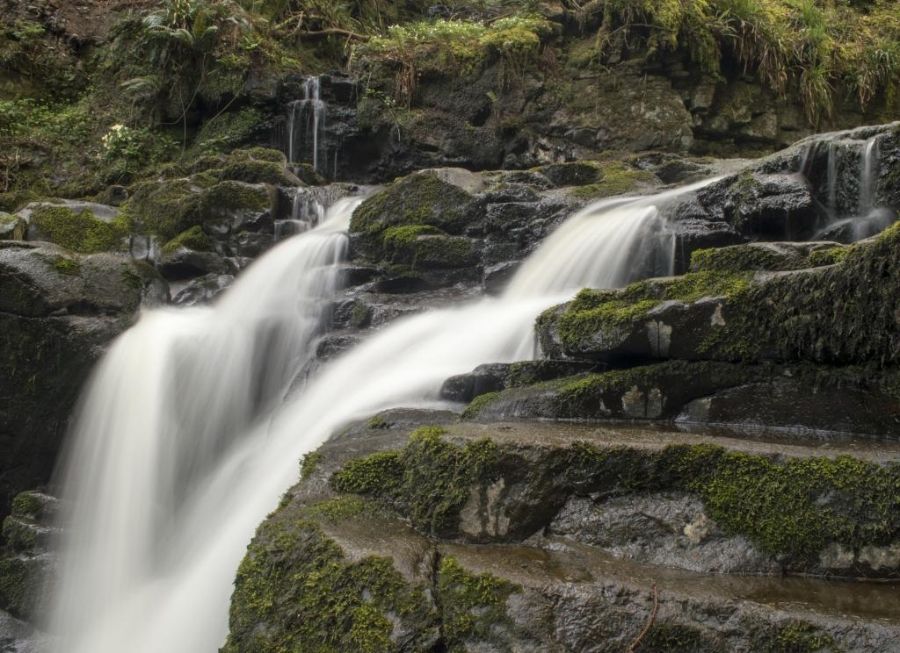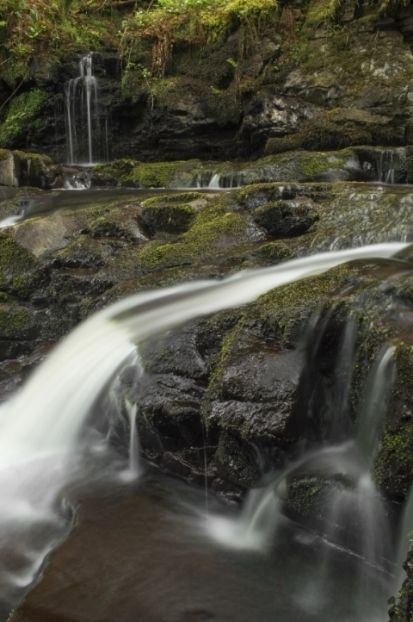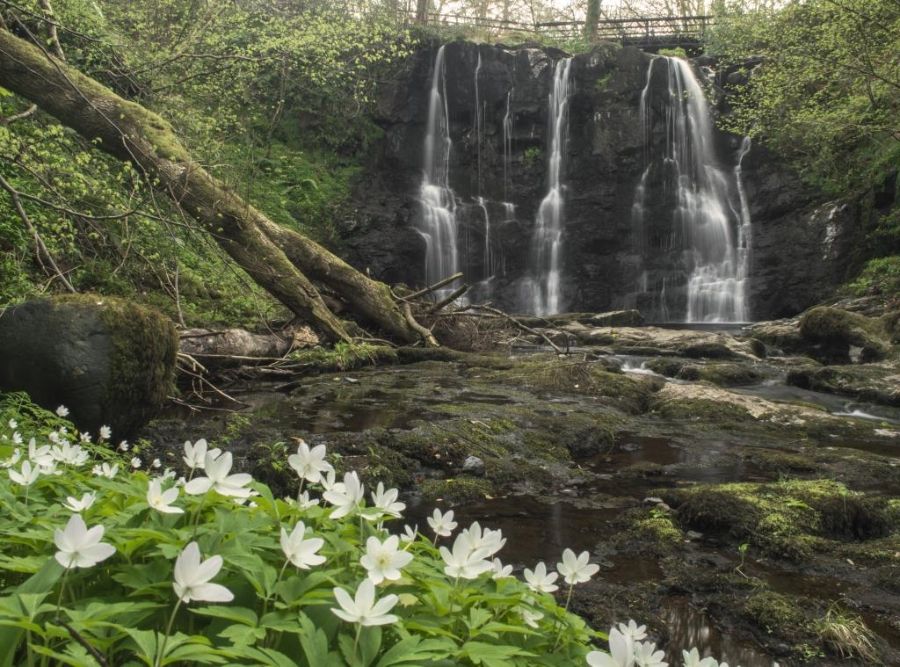I have been an amateur photographer for around 5 years now though there was a two year gap as family life got very busy for a while. At the time I was using a canon EOS 350D which was just 8mp but I got some truly stunning images with it (If I do say so myself) but it had seen better days so I got rid. Two years later I finally got the time to get back into photography again and with a little advice I settled on the D320. The 24mp was a big influence on me plus I prefer the menu layout and I find the interface to be more user friendly but here is the problem.
I find my images to be lacking detail and/or over all sharpness. I always use a good study tripod so shake is not the issue. At first I thought my polarizer might be interfering with the sensor so I tried a few shots without the filter but still the same problem, so then I reset the camera back to factory settings and still the same. Does anyone have any insight? Also any and all other advice and critique welcomed.



I find my images to be lacking detail and/or over all sharpness. I always use a good study tripod so shake is not the issue. At first I thought my polarizer might be interfering with the sensor so I tried a few shots without the filter but still the same problem, so then I reset the camera back to factory settings and still the same. Does anyone have any insight? Also any and all other advice and critique welcomed.



